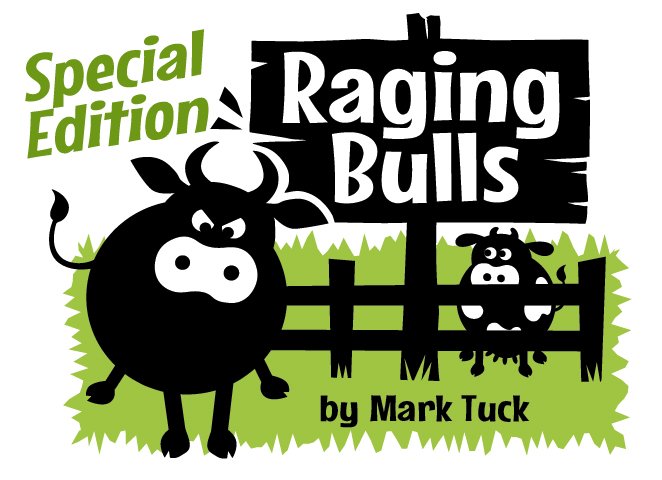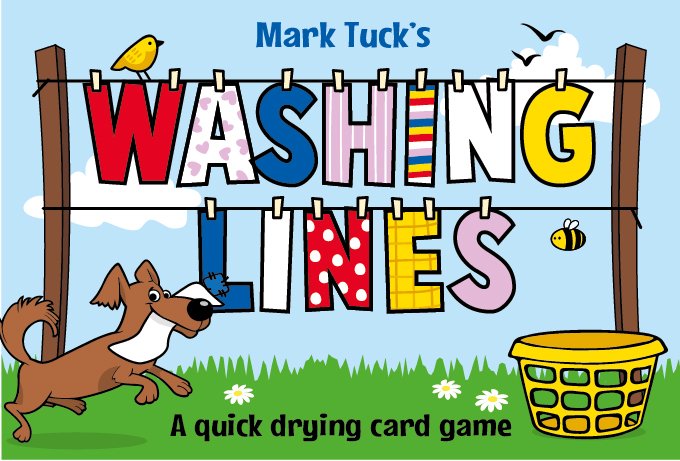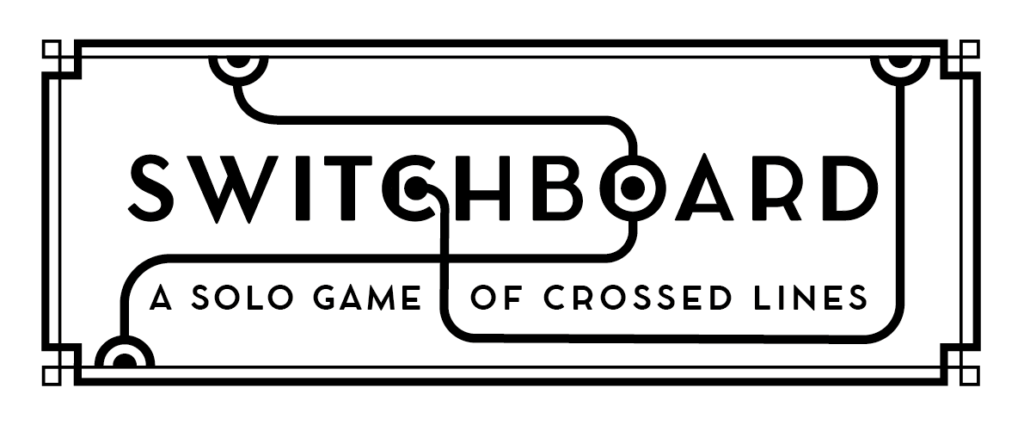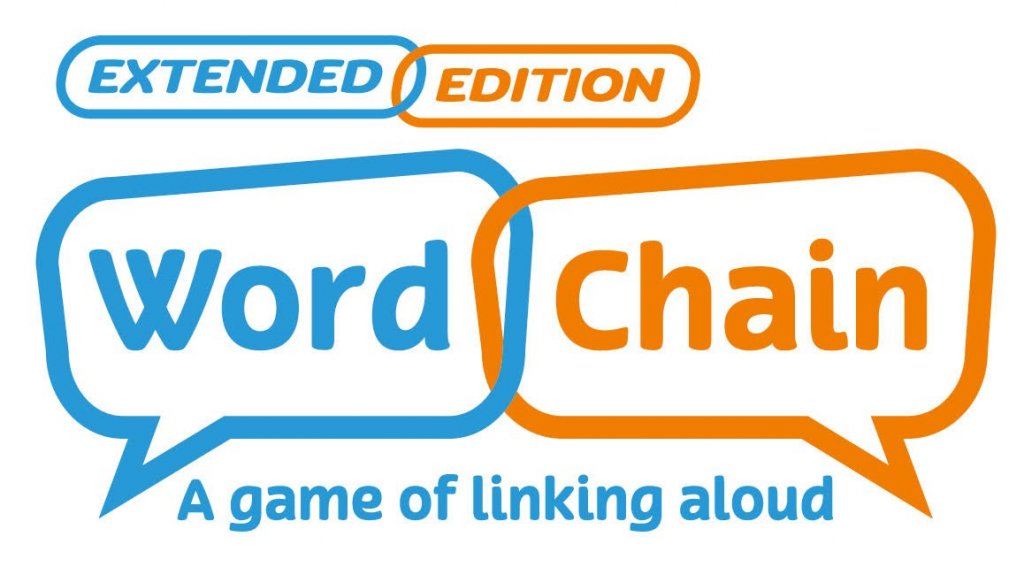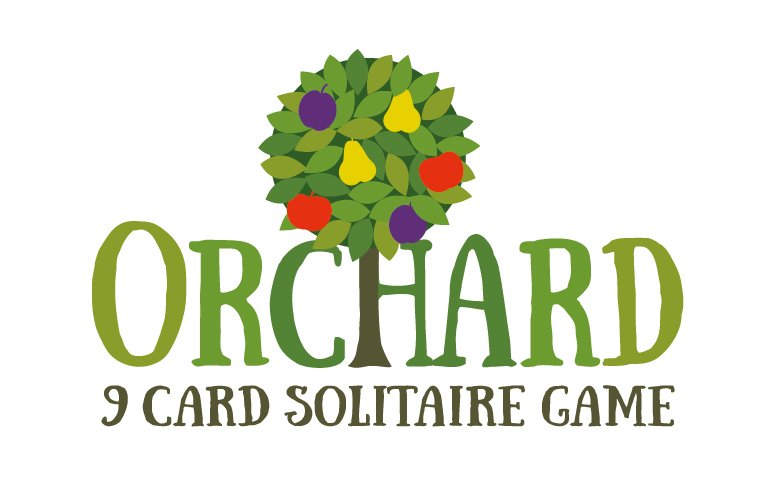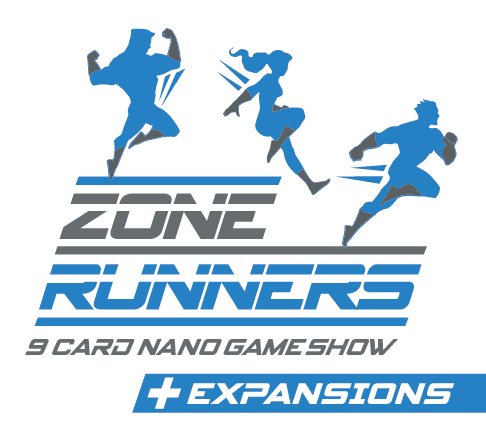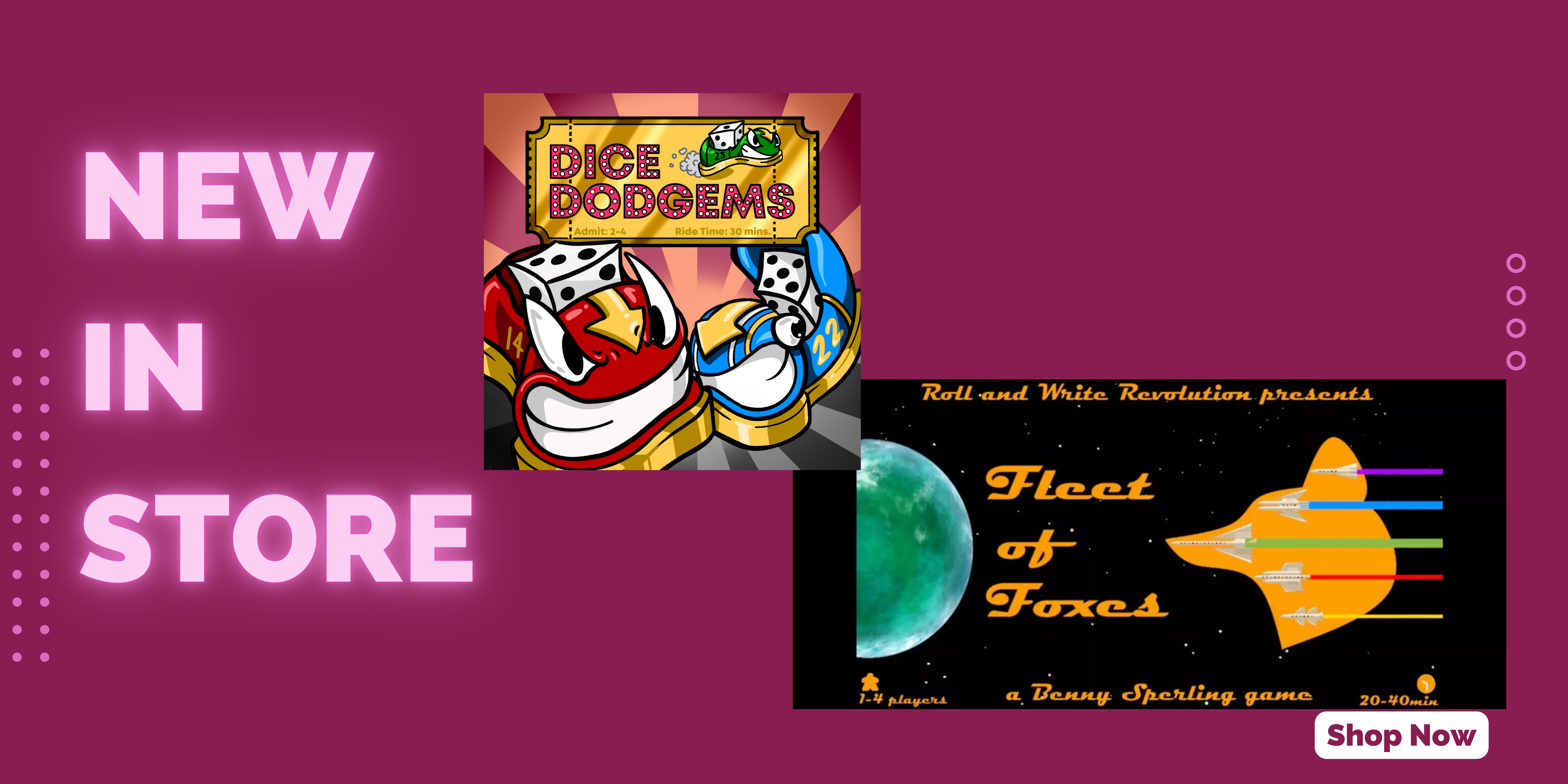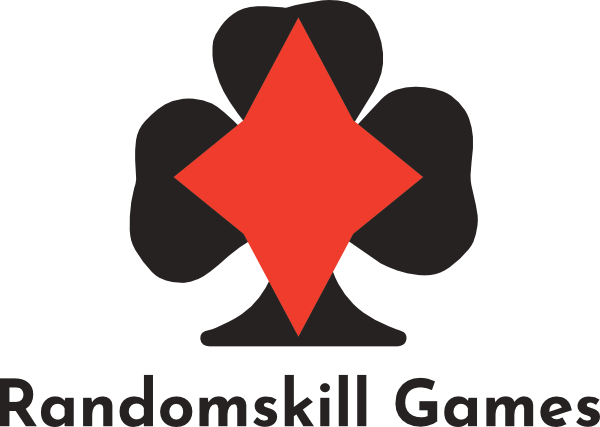It is a pleasure and our honour to have Mark Tuck, designer of Orchard, Raging Bulls, Switchboard among many other PNPs, to talk about his game designing journey with us:
EL: Hi Mark, it’s good to have you with us today. To start off, tell us a little more about your background and how did you start on your game designing journey?
MT: During my teens I enjoyed designing and making games for myself, mainly to play solo. Occasionally, usually around Christmas time, I would make a boardgame for the whole family to play.
One of the more popular was a word category game I called ‘Thingummyjig’ (a precursor, I’d like to think, to Scattegories!). I still have the original handmade board and cards somewhere!
Several years ago I stumbled upon BoardGameGeek and, whilst browsing the site further, came across one of its game design contests. So I decided to enter the contest, and by doing so, the world of Print & Play. I thoroughly enjoyed the whole experience: from receiving feedback from an enthusiastic and knowledgable community to help improve my game to playing and commenting on the other participants’ games. I had been bitten by the PnP design bug!
EL: It seems like the design contests on BGG really brought out the designer that you had in you all this while. How is designing a game for a contest different from designing a game for your family? Is it more of proving your capabilities to the world in a contest? How is the approach different?
MT: When I made games to play with my family (decades ago, when I was young and still I lived at home) I created whatever I felt like. I didn’t have, or seek, input from others. So there was no real critique during the process.
By contrast, the BGG contests generally have some sort of restriction, e.g. solitaire, 18 cards only or must fit in a mint tin. I find designing within such constraints enjoyable and that the restrictions help fuel creativity.
I still do a fair amount of playtesting by myself before I’m happy to share anything with a wider audience. This takes the form of a ‘work in progress’ thread, where you hope to get feedback and constructive criticism. This part of the process is obviously very different from those early years’ designing.
I wouldn’t say there is a need to prove my capabilities, but there is certainly a sense of relief when an idea that I think has some legs is well received by fellow designers and players.
With designing for contests, I’ve also learned the importance of writing clear and concise rules. When I designed games to play with my family all those years ago, I don’t remember every creating proper rules as, presumably, I could always explain things in person at the table.
EL: I see that you find designing with constraints enjoyable and it’s fascinating for me to see how it serves to fuel your creativity. Are there anywhere else that you tap into as a source of inspiration for you when designing games?
MT: A lot of my ideas have come when I’m out cycling, but inspiration can arrive from anywhere.
For ‘Raging Bulls’ I wanted to design a roll and write that was different to the usual filling in of boxes with dice rolls. I remember helping my son (or trying to) with his geometry homework and he was drawing lines joining up points on graph paper. That sparked a thought for a game. It developed into a dry and uninviting abstract that really needed a theme. Drawing lines around dots suggesting fencing something in, And ‘fencing in’ sparked the theme. The lines became fences, the areas fields and the dots bulls – as they were the only animals in a field I could think of that you’d want to keep apart!
Other times it’s the theme that comes to me first. ‘Tour Guide’ was inspired by watching a guide working at the Colosseum in Rome while I was on holiday there and ‘Zone Runners’ by old computer platform games and sci-fi films such as ’The Running Man’.
I do aim to create something different each time – either through the game mechanic or an unusual theme (not sure how long that will last though!).
EL: I sure hope you can come up with something different every time! Tell us a little more about what your aspirations are and what you hope to achieve with your game designs. Do you aspire to win the Spiel Des Jahre one day?
MT: I design games purely as a hobby. I enjoy getting an idea and developing it into something tangible. And, if the resulting game gives people enjoyment, then that in itself is an achievement.
It’s great to get a game ‘out there’ to a wider audience – and it’s heartwarming when I read that someone has had fun playing it or when I see a photo of somebody’s handmade copy.
I‘ve never dreamt of winning the Spiel Des Jahre, but I did have a hope that, one day, one of my games would be picked up by a publisher (even though I never actually pitch games).
And that particular wish came true when Side Room Games approached me about publishing Orchard: A 9 card solitaire game.
EL: Before we end this interview, do you have any advice for aspiring game designers out there?
MT: Think about what idea or mechanic your game has that makes it different to similar games out there. The theme is also important as it can really bring a game to life, help it stand out and make it more accessible. Your game doesn’t need to have profession looking art for playtesting purposes (and there are some great resources for free graphics such as thenounproject.com and game-icons.net).
Once you have a working prototype, with rules, expose it to strangers. You don’t necessarily need to enter it into a design contest – simply start a ‘Work in Progress’ thread on BGG.
Don’t get too precious about your game – be prepared to accept advice, criticism included, in order to change and improve it. And you’re more likely to receive valuable feedback if you take the time to help other designers, even if it’s simply by reading their rules.
And, above all, enjoy what you do and have fun!
